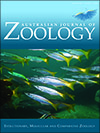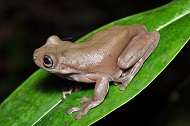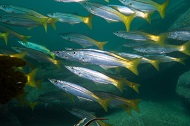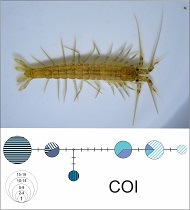Australian Journal of Zoology
Volume 68
Number 1 2020
The ecotourism industry faces the difficult challenge of encouraging human visitors to a location while maintaining and showcasing the integrity of local ecosystems. We investigated how seasonal fluctuations in numbers of visitors at a popular ecotourist resort might impact a native songbird, the eastern yellow robin, and found that robins’ singing behaviour changed during peak tourist seasons. This indicates that some animals may behave differently when tourist numbers or noise levels are increased, even if they remain in areas of high activity.
Photo by D. Potvin.
The spatial ecology of a population of the European red fox (Vulpes vulpes) was investigated in an urban coastal environment in south-east Queensland, Australia. The study provides an overview of the population structure, spatial organisation and habitat selection of seven fox families. In contrast to many other global studies of urban foxes, the foxes in this study demonstrated a strong avoidance of the built urban environment.
An assessment of mitochondrial and morphological diversity in frogs previously assigned to Litoria caerulea from New Guinea reveals two taxa. Shallow genetic divergence in true L. caerulea from across southern New Guinea and Australia implies recent Pleistocene connectivity across now isolated savannahs, while the more deeply divergent new species suggests earlier Pliocene divergence across lowland tropical habitats of Sahul.
Photo by S. J. Richards.
The longfin pike (Dinolestes lewini) is a common but little studied marine fish species endemic to southern Australia. This is the first reporting of aspects of the species’ reproduction and age based on samples collected in Lake Macquarie (NSW). The species has an extended spawning period between spring and autumn. Females grow faster and attain greater maximum lengths and ages than males with observed longevity being 5 and 9 years for males and females, respectively.
Photo by John Turnbull.
The iconic ‘mountain shrimps’ of the genus Anaspides are endemic to Tasmania, and were believed to be represented mainly by the wide ranging species Anaspides tasmaniae. However, following a review in 2016, the distribution range of A. tasmaniae was restricted to a small area on the south-east side of Mt Wellington. Our findings extend the distribution of A. tasmaniae again and show that this distribution pattern probably reflects postglacial relictualisation. Understanding the distribution and glacial history will help to improve the conservation management of the species.










